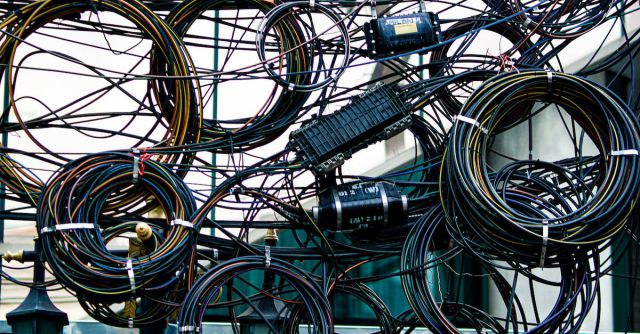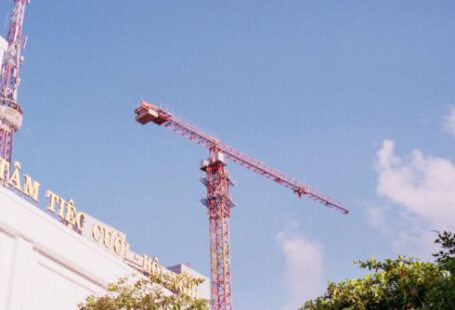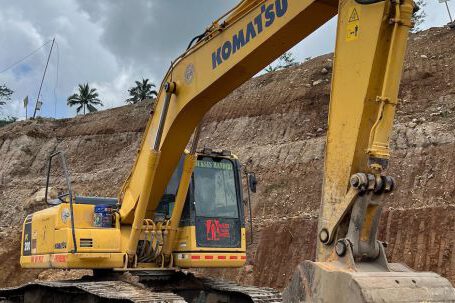Hoist Maintenance: Saving Time and Avoiding Mishaps
Hoists are essential items of machinery in many different areas of industry, from construction to manufacturing. They are powerful tools that can lift heavy loads and help speed up the process of loading and unloading goods. But, as with any piece of machinery, they require regular maintenance in order to ensure that they continue to operate safely and efficiently. Proper hoist maintenance can save time, reduce the risk of accidents, and reduce the cost of repairs.
The first step in hoist maintenance is to inspect the hoist for any signs of wear and tear. Check for cracked or broken components, worn hoses, and any other signs of damage. Make sure the hoist is clean and free of debris. If any components look damaged or worn, they should be replaced immediately.
The next step is to lubricate all of the moving parts of the hoist. This will help the hoist move more smoothly and reduce the amount of wear and tear on the components. Be sure to use the correct type of lubricant for the hoist and be sure to follow the manufacturer’s instructions for the amount and frequency of lubrication.
The third step in hoist maintenance is to check the hoist for any signs of corrosion. Corrosion can weaken the hoist and make it more prone to failure. If any parts of the hoist are corroded, they should be replaced. Corrosion can also be prevented by regularly applying a protective coating to the hoist.
The fourth step is to check the hoist for any loose or damaged wires or cables. Loose wires or cables can cause the hoist to malfunction, and can also be a safety hazard. If any wires or cables are found to be loose or damaged, they should be replaced or repaired immediately.
The fifth step in hoist maintenance is to check the hoist for any signs of leaking fluid. Leaking fluid can cause the hoist to malfunction and can also be a safety hazard. If any fluid is found to be leaking, it should be repaired or replaced immediately.
Finally, the hoist should be tested regularly to ensure that it is still operating properly. This can be done by using a test load, which is a simulated weight that allows the hoist to be tested in a controlled environment. If any problems are found during the testing, they should be addressed immediately.
Hoist maintenance can be a time-consuming and costly process, but it is essential for the safety and efficiency of the hoist. Proper maintenance will ensure that the hoist is operating safely and efficiently, reducing the risk of accidents and reducing the cost of repairs. By taking the time to regularly inspect and maintain the hoist, businesses can save time and money and avoid costly mishaps.






